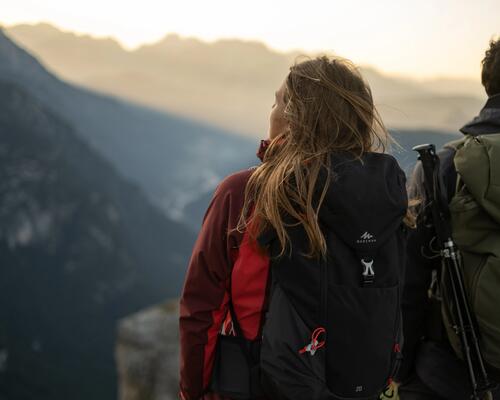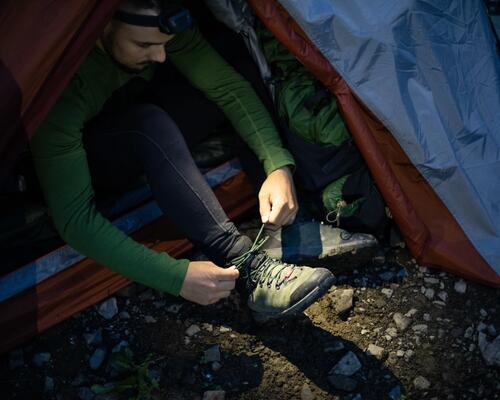How do you repair a ripped bag or a hole in a backpack?
The fabric used to make rucksacks is normally reinforced, particularly the bottom panel which is very prone to abrasion. Despite this, however, wear and tear, or a sharp object can create holes.
Here are our solutions:
For a small hole in the fabric of the bag: if you want a quick fix that doesn't require any particular skill, opt for a self-adhesive repair patch: make patches by cutting out two rectangular pieces with rounded edges, each two or three centimetres bigger than the tear. Then, stick one patch on the inside of the bag and the other on the outside, keeping the fabric nice and flat.
You can also go for a more personalized, sew-on patch, as a reminder of your adventures.
For a tear: Contact a professional stitching repair service. Repairing a large tear requires a certain level of sewing competence and, of course, appropriate equipment as the fabric is much tougher and thicker than that used for ordinary clothes. If the incident occurs mid-adventure, you can use safety pins or a self-adhesive patch from your repair kit until you can repair it properly.





